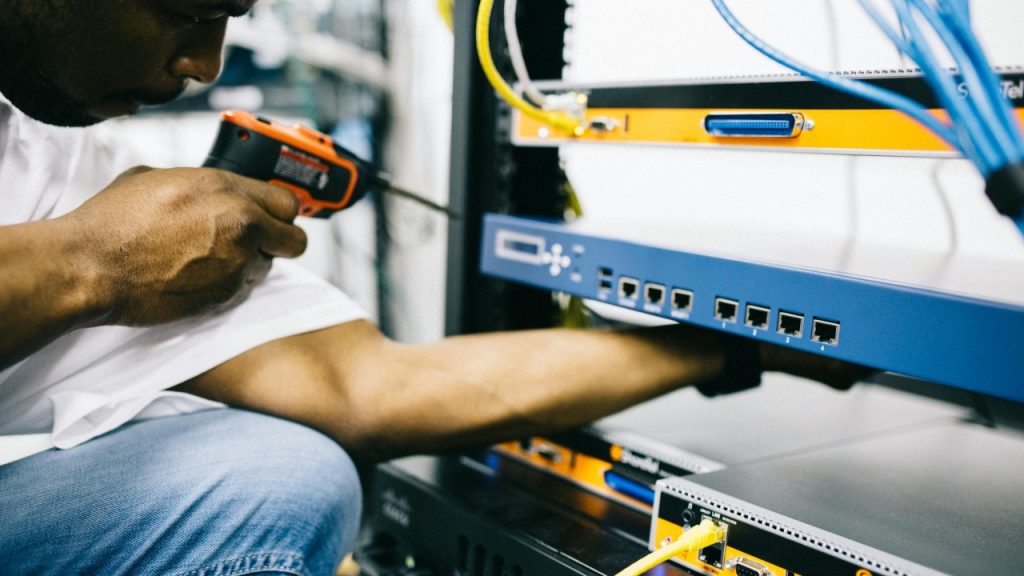
In a world driven by digital systems, IT is not just support, it is the backbone of operations, customer experience, and competitive edge. Yet many businesses treat IT maintenance as an optional chore. That attitude hides serious costs that only show themselves when things go wrong.
Below we explore those hidden costs, grounded in real research, and show how services such as IaaS, cloud, managed support, cybersecurity, and hybrid hosting help you avoid them.
What We Mean by Poor IT Maintenance
Poor IT maintenance covers a set of practices like:
- Delaying software updates, patches, or OS upgrades
- Letting hardware degrade or suffer from neglect
- Skipping backups or failing to test restore processes
- Having weak monitoring or no alerts
- Leaving networks, firewalls, and access controls in a lax state
Tumors grow slowly. These issues compound until a crisis forces the cost to become visible.
Hidden Cost 1: Productivity Drain
When systems slow down or glitch, staff adapt by using workarounds. A few minutes lost per person per day seems negligible. Multiply that across a team and over weeks or months, and you lose substantial output.
Research supports this. According to an IDC report, downtime in datacenter environments generates significant cost per minute (IDC 2019). Also, Gartner estimated that average IT downtime costs about USD 5,600 per minute (Gartner 2014). These numbers are of course averages and subject to change, but they highlight how even small inefficiencies scale dangerously.
Hidden Cost 2: Security Exposures and Breaches
Neglected IT systems are prime targets for cyberattacks. Unpatched software, weak firewall rules, misconfigured systems, and unreliable backups all create attack vectors.
In the “Hidden Costs of Downtime” study by Splunk and Oxford Economics, companies surveyed estimated that downtime across the Global 2000 cost USD 400 billion annually, including direct and hidden effects (Splunk & Oxford Economics 2024). The report finds that 56 % of downtime incidents are caused by cybersecurity factors, and 44 % come from application or infrastructure issues.
Lost revenue is the largest direct cost in the survey, 49 million per company, on average. But beyond that, firms see damage to market value, brand reputation, delays in innovation, and customer churn.
Also, Uptime Institute’s report shows that outages are becoming more expensive. In their 2023 analysis, a quarter of respondents said their most recent outage cost more than USD 1 million, while 45 % said it cost between USD 100,000 and USD 1 million (Uptime Institute).
Hidden Cost 3: Repair, Replacement, and Emergency Expenses
You might think that skipping maintenance saves money. In practice it often leads to hardware failures, premature replacement, and emergency support each much more expensive.
According to Unitrends, 25 % of SMBs report downtime costs between USD 20,001 and USD 40,000 per hour. Meanwhile, Trilio reports that in many organizations, hourly downtime costs now exceed USD 300,000. For large firms, the stakes are even higher.
When systems break, you are forced into reactive spending. Preventive care is almost always cheaper.
Hidden Cost 4: Blocking Growth and Innovation
As your business grows, your IT load grows too. If your infrastructure lags behind, you stall. Software integration becomes harder. New tools (analytics, AI, automation) fail to plug in. Your competitors surge ahead while you wrestle with technical debt.
Cloud and IaaS models address this. You do not buy servers you scale up or down. IBM describes IaaS as a way to rent compute, storage, and networking, letting companies focus on value instead of hardware overheads.
But cloud is not foolproof. Without governance, hidden costs become even more apparent. Underutilised resources, data transfer costs, snapshot fees, and license mismatches eat into expected savings.
Hidden Cost 5: Cost Overruns Even in the Cloud
Cloud is popular, but many adopt it without proper controls. The biggest danger is believing that once systems are in the cloud, cost and risk vanish. They don’t.
Some costs to watch:
- Idle or oversized instances
- Egress or data transfer fees
- Snapshot or backup fees
- Unmanaged scaling
- Premium support or access tiers
If usage is not monitored and optimized, cloud becomes just another cost center.
How Centric Data Helps You Avoid These Hidden Costs
Poor IT maintenance need not be your fate. Centric Data offers services designed to transform your IT from liability into a growth driver. Below are how we help:
- Infrastructure & Cloud Hosting (IaaS / Hybrid Deployments): We build scalable, resilient infrastructure. You consume exactly what you need, without owning or maintaining hardware.
- Managed IT Support & Proactive Maintenance: We run diagnostics, monitoring, health checks, patch management, and remote problem resolution. Small issues are fixed before they escalate.
- Cybersecurity & Backup Assurance: We manage patches, firewalls, intrusion detection, secure configuration, and backup validation so your environment is protected and recoverable.
- Optimization & Cost Governance: We analyze your usage, identify waste, rightsize allocations, and prevent runaway billing in cloud environments.
- Flexible Architecture: When hybrid models work better mixing local servers and cloud we design them to match performance, compliance, cost, and latency needs.
Because we view maintenance as strategic, not optional, businesses see fewer outages, lower surprise costs, and more ability to invest in value creation.
Conclusion
Neglecting IT maintenance does not save money. It hides costs in productivity, security, repair, growth potential, and even in cloud models you thought were safe.
By treating IT as foundational and investing in infrastructure, proactive support, security, and optimization, you avoid surprises and free yourself to grow.
Centric Data stands ready to help Zimbabwean businesses shift from reactive to resilient IT.

